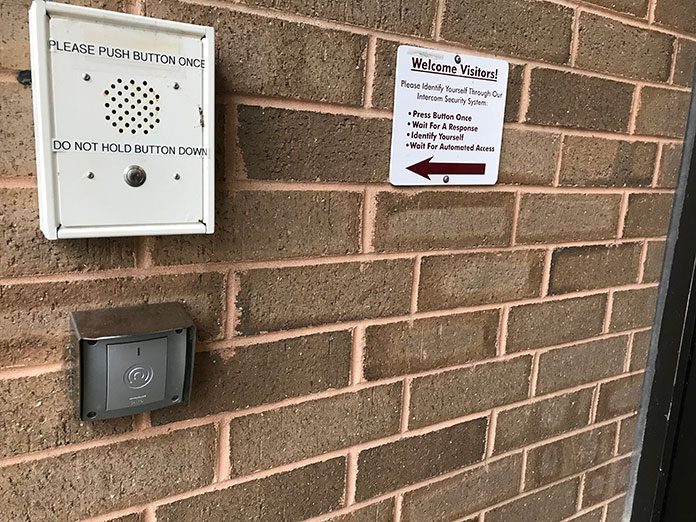
Back during the Chris Christie administration, working with Democrat-led lawmakers, he instituted a law that limited tax increases by schools and municipalities to 2 percent. The law itself is way more complicated than that – because of course it is – but that’s the gist of it.
Christie and the lawmakers never considered that fuel and other costs would increase by more than 2 percent. They were just looking at ways to cut costs for taxpayers and didn’t think of the big picture. If you think our taxes are high now, imagine how much higher they would be without the cap. So, the law did what it was designed to do, but put the burden on districts to decide what to cut in order to come in under the cap.
Christie was governor from 2010 to 2018. According to the National Center for Education Statistics (part of the U.S. Department of Education), there were about 400 shootings that took place in schools across the country during these years. Approximately 40% of those had no casualties, but that doesn’t make the number more palatable. My point is that the governor and lawmakers should’ve known that school security was and always will be a necessity.
School districts have partnered with towns to hire school resource officers and have regular patrols. They’ve upgraded their PA and security systems. Some have reconstructed entrance vestibules. They’ve covered the windows with shatter-resistant film. All of this was done to prevent someone from attacking the school or mitigating the damage if they got in. And all of it costs money.
Some schools have used federal relief aid to pay for this. Some are splitting the cost of an officer between the school and the town. They’ve gotten creative on how to pay for these needed security measures.
A school district shouldn’t have to jump through hoops to figure out how to protect their kids.
One of our legislators should write a bill that places any school security upgrade outside the 2 percent cap. This could be an increase in security personnel. It could also be any number of capital projects such as doors, cameras, overhead loudspeakers, impact-resistant coating on windows, security vestibules, and more. The bill would have to be specific as to what it applies so that it can be clear to school business administrators.
Will it make budget calculations more complicated? Yes. But it’s to help schools for a change. Besides, people in the finance department do math all day long. They love math.
I’d even go so far as to say that towns should be allowed to remove their police department from the limits of the 2 percent cap. That, however, might get sticky. One of the unwritten “benefits” of the 2 percent cap was that towns and schools had a hammer they could wield during contract negotiations. “I’m sorry, we can’t give raises more than 2%. State law.”
So, let’s stick to just school security. I’m going to be reaching out to the lawmakers I know to see if they’d be interested in sponsoring this proposed legislation.
The 2 percent cap was the state’s solution to limiting tax hikes on a local level. While it serves a purpose, this is a situation where it has caused a problem.
Don’t penalize school districts for doing the right thing.
Chris Lundy
News Editor






